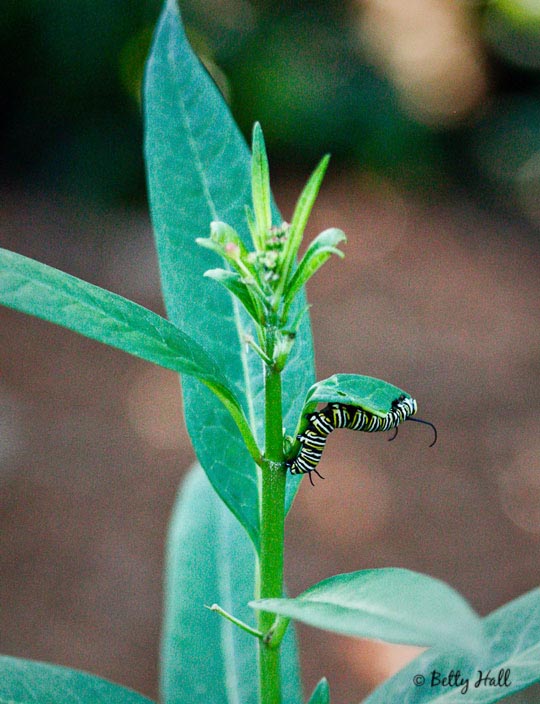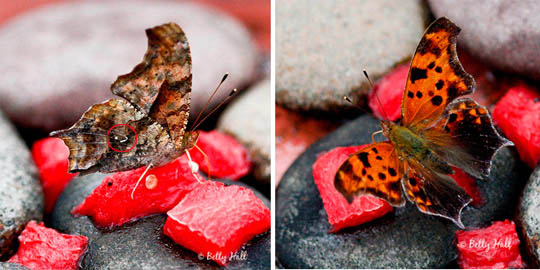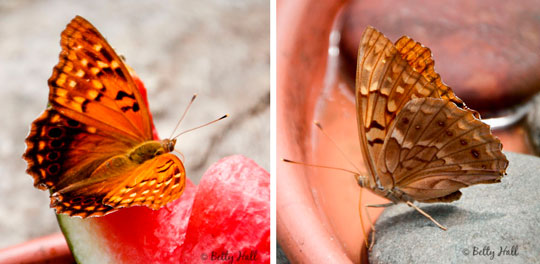It took five years, but I finally had a blossom on my Turk’s Cap Lily (Lilium superbum) and it was well worth waiting for.
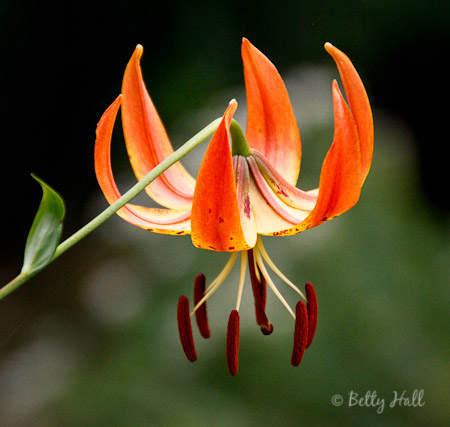
I got a very different view when I looked into the blossom.
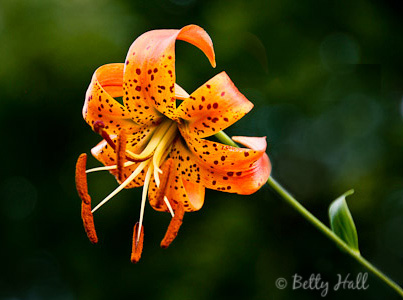
The Turk’s Cap Lily is a tall slender plant – about four feet tall. It’s considered rare in Kentucky and I have never seen it growing in the wild. However, I understand it grows in Eastern Kentucky on Black Mountain, and its blooms attract numerous swallowtail butterflies. I’m thrilled to have seen it flower in my backyard and I want to see it in the wild.
This blossom brought two quotes to mind. My father’s favorite Bible verse was Matthew 6:28, “Consider the lilies of the field, they toil not, neither do they spin.” And after waiting five years for this flower to bloom, I appreciate this quote from Ralph Waldo Emerson, “Adopt the pace of nature: her secret is patience.”

